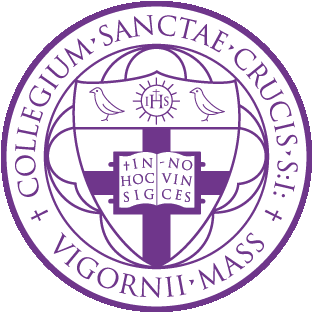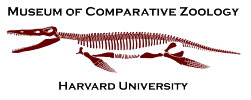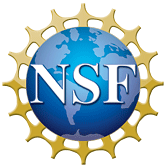Left Humerus (Left Upper Arm Bone) of the Southern Skua Stercorarius antarcticus (MCZ 340358)
Rotate: left click on mouse
Zoom: right click on mouse (PC) or command and click (Mac)
Move: left and right click simultaneously (PC) or shift and click (Mac)
| Phylogenic Position | |
|---|---|
| Aves - Neognathae - Charadriiformes - Stercorariidae - Stercorarius - Stercorarius antarcticus | |
| Species Description | |
|
|
|
| Specimen Information | |
| Species | Stercorarius antarcticus (Southern Skua) |
| Element | Left Humerus (Left Upper Arm Bone) |
| Specimen Number | MCZ 340358 |
| Sex | |
| Location | Kerguelens Island |
| Geological Age | Recent |
| Technical Information | |
| Scanner | Konica Minolta Range7 |
| Resolution | 40 µm |
| Number of Data Points | 25392 |
| Number of Data Polygons | 12698 |
| Date Scanned | June 01, 2011 |
| Scan Technician | Ariana Masi |
| Edited By | Ariana Masi |
| Photographs | |
|
View All 5 Images |
|
| Download Digital Model | Size |
| STL File Not Publicly Available | 2.4 MB |
| Other Stercorarius antarcticus (Southern Skua) Elements | |
| Specimen | Element |
| MCZ 340358 | Mandible (Jawbone ) |
| MCZ 340358 | Sternum (Breast Bone) |
| MCZ 340358 | Right Humerus (Right Upper Arm Bone) |
| MCZ 340358 | Left Ulna (Lower Arm Bone ) |
| MCZ 340358 | Left Radius (Lower Arm Bone) |
| MCZ 340358 | Left Tibiotarsus and Fibula (Left Middle Leg Bones) |
| MCZ 340358 | Cranium (Skull) |
| MCZ 340358 | Articulated Cranium and Mandible (Attached Skull and Jaw) |
| Institution Data Use Policy | |
| http://www.mcz.harvard.edu/privacy/user.html | |




